The „IN-SIDE/OUT-SIDE (FREQUENTLY UNDER CONSTRUCTION)” exhibition, curated by Olivia Nițiș at Victoria Art Center, brings together a selection of works by the artist Decebal Scriba that span across 1972-2014. Thereby, some of his works were produced in communist Romania, while others were made after coming into contact with another cultural and political space (France after 1990). But the influence of the mechanisms of political power does not transpire in his oeuvre, which retains a conceptualism that focuses on words and spatiality. The transition is noticeable when it comes to mediums, switching from black and white photos and yellowed paper to digital collages, already in sync with the contemporary channels of information. Unaltered by time (the message, not the form) and apparently culturally unanchored, Scriba’s artworks ignore the political dimensions of man in favor of an in depth and spatial search (in nature or in man-made structures) of experiences. His works contain neither expressions of revolt or Utopian aspirations. When language is used, it does not contain social connotations, but rather it aspires to a pure, depersonalized form, perhaps one that wishes to rediscover the word as a bearer of signification, as nature seems to be the rediscovered source of his aesthetics. The main concepts of his works are revealed by the very image and title of the exhibition. The picture on the event’s poster is one of the UNA workshop windows from Grivița street, as seen from the inside, positioning the artist “inside”. While the interior space is implied, the exterior can be seen, thus providing two different ways of perceiving the same space. Inside and outside do not come into conflict, but in symbiosis. The existence of one element implies the existence of the other. This exhibition examines this inside-outside dichotomy and the dynamics and subjective quality of it.
The first work that the visitor comes in contact with, entitled “Actions”, is a piece of paper with a series of verbs that begin with the letters “ab” typewritten and organized in a grid. The alphabetical dictionary logic that determines the profession and the form of the work comes into contrast with the impulse of looking for meaning in words. The artificial delimitation of the words using pencil drawn lines directly opposes the idea of a message and it simply represents the visual isolation of every word and its subsequent meaning. But the meaning of each word is not intrinsic to any iteration of said word (receiving the significant depends of the cognitive construct of each individual and, as a consequence, the signifier will be unique for everybody), but rather it is built in report to the context (surrounding words, the space it was placed in, etc). But here, the message (because, in the end, the work is the result of will) is precisely the futility of looking for a message and accepting the objectivity of alphabetical progression. The form of the work is partially due to a phenomenon which is beyond the artist’s will – language.
Coming in contrast with this submission towards language, the work “Process A” (1974) is about the decomposition of a word’s representation (the word “WORD”, in fact), written in chalk dust and restoring the environment to its state of balance. The will to modify a natural element, to transform nature according to human concepts – such as words – in order to remove the verbal element (rebalancing the system was due to the artist’s intervention) and to rediscover the system in its previous state, is a specific kind of Romanian conceptualism which was predominantly found in works belonging to the Timișoara group Sigma in the 1970s. The group is known for its experimental actions in natural frames and for its attempts to produce an authentic relationship between man and nature. This implies transforming the space, even if that means simply being present within it (like Wanda Mihuleac’s 1974 “Panta rei” or Ștefan Bertalan’s 1979 “I lived with a sunflower for thirty days”). Even though Scriba does not position himself in a natural space, the series “Circle” brings into focus the anthropomorphic changing of natural spaces by placing circles in nature – man made circles using natural elements which is, according to Bataille, an expression of protecting one’s self from the unknown, commonly associated with death, by building a familiar space, an “inside” (symbol for familiarity, safety) that suddenly opposes an “outside” (unfamiliar, dangerous even). Scriba’s spaces, however, do not appear to be shelters, but territories filled with content that is waiting to be discovered. In “The void experience” (1976), the photo on the left shows a number of metallic frames attached to the wall, with a white object shaped as an ingot underneath. In the right photo, however, the objects vanish and inside one of the structures sits one of the artist’s friends, staring forward to the space before him and, within the work, towards the other photograph, playing with the notion of an object meant to be contemplated by the viewer.
The physical as well as the linguistic spaces appear to be places on the same level as pre-existing realities of experience and form. Even though they are in contrast, their role is to map and experiment, be it a tree or words in their natural habitat. In these two instances, one can observe the tendency of searching for transcendence in the works. When it comes to words, “The letter” (1984) (similar to Bernea’s banners) is, according to Scriba, a representation of a letter written in a universal language. The transcendental word, similar to a unique and absolute god, cannot be represented and, as a consequence, the word is not present in the work, thus cutting all contact with transcendence for the viewer. If we were to say that Scriba’s search comes to the same conclusion as Derrida – the absence of a primordial, biblical transcendental word – then the perception of objects seems to lead to the idea of universal communication. “Dream note #01” (2001) is trying to visually recreate a dream that is composed of parts that are equally simple and ubiquitous (circles, squares and lines). These recurrent minimal forms represent a universal language which transcends cultural barriers. This is the reason why Scriba’s art appears to be culturally unanchored. Due to this, his art loses its explicitly political dimension (proof that his art was never a reason for him to be persecuted by the system). However, as a cultural product, art cannot be viewed as separated from the frame in which it was produced. In the context of numerous constrains against the individual by an impersonal and invasive system, the act of creating art that does not serve the said system’s conventions is, in itself, a form of resistance (of a personal nature, at least) and, in this case, an act of escaping, but not to a political or social ideal, rather to an interior space, perhaps in a similar position as “With no relation to drowning” (1985). The apparent sync between Scriba and Sigma, seeing as they never interacted in the 70s, is indicative for the concept of a universally human experience that they both experimented with.
The nature of the works is a personal one. The most experience-rich action (interacting with the world) is fulfilled by the artist and thus inaccessible to the public. When reviewing the work on the event’s poster, the viewer might position himself on the inside, watching the world outside without being a part of it and having their perception modified by the surface that separates or mediates the relationship between the two, the artwork’s form.
Decebal Scriba, IN-SIDE/OUT-SIDE (FREQUENTLY UNDER CONSTRUCTION)”, curator Olivia Nițiș, was at Victoria Art Center between 30 September – 17 October 2015.
POSTED BY
Rareș Grozea
Rareș Grozea (born 1995) got his B.A. in Art History from the University of Bucharest and is currently studying for a Master's in Berlin....
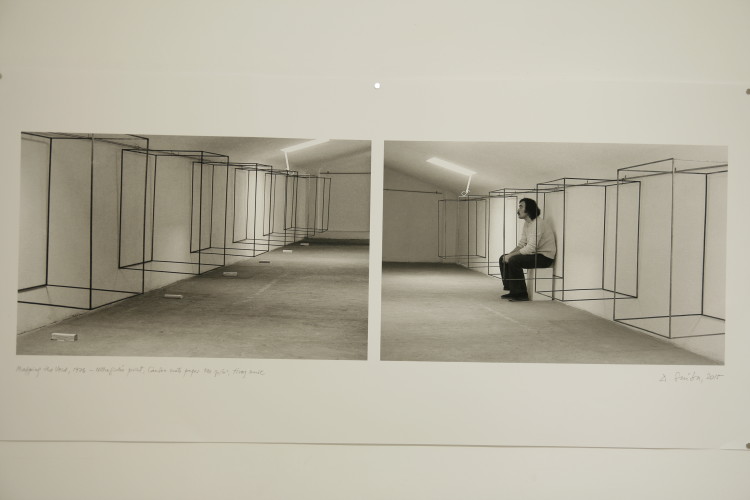
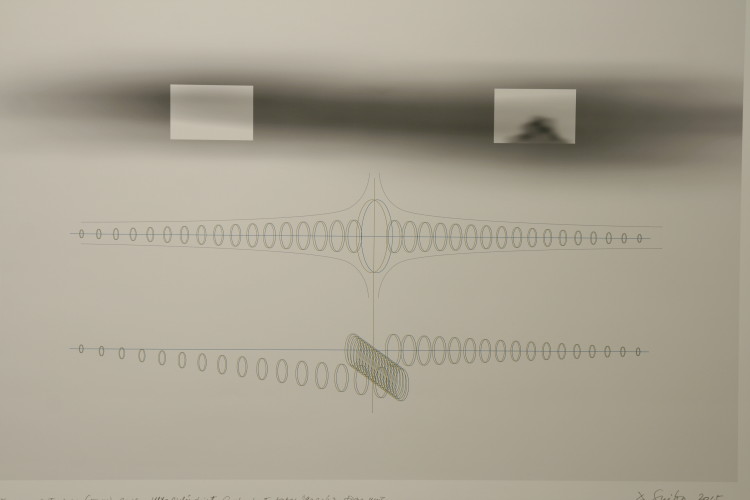
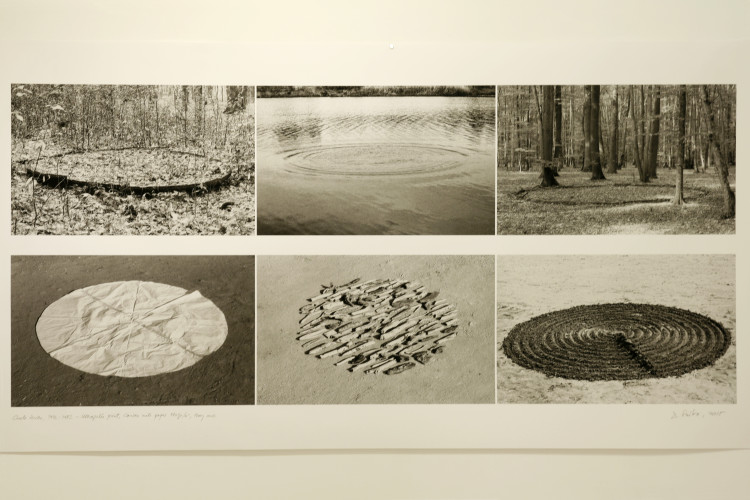
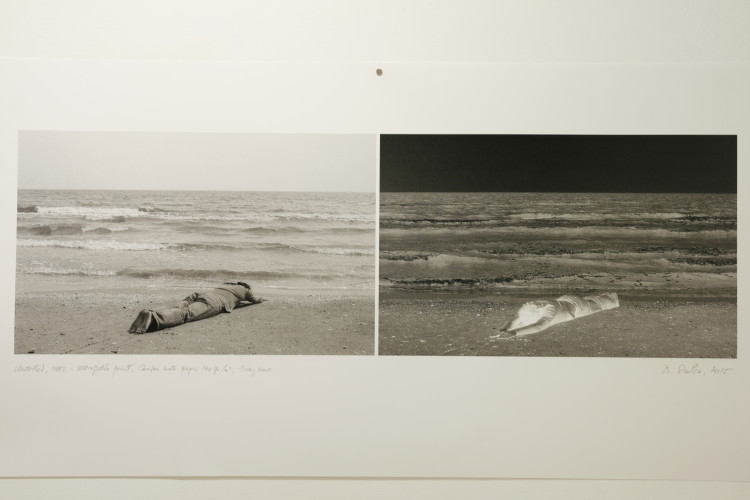
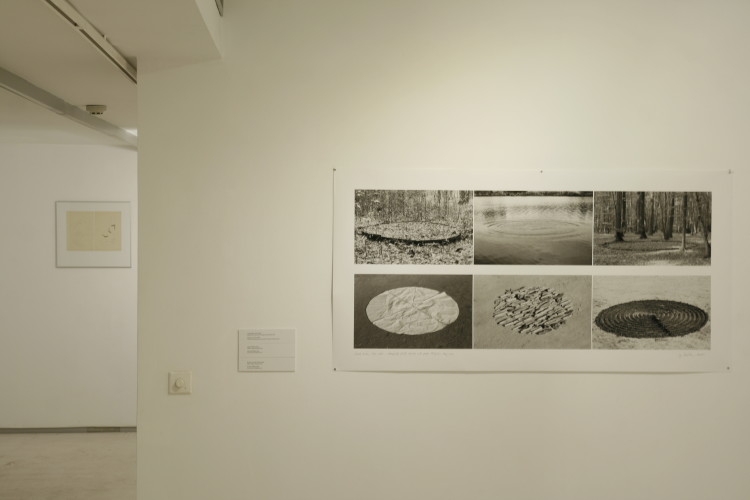
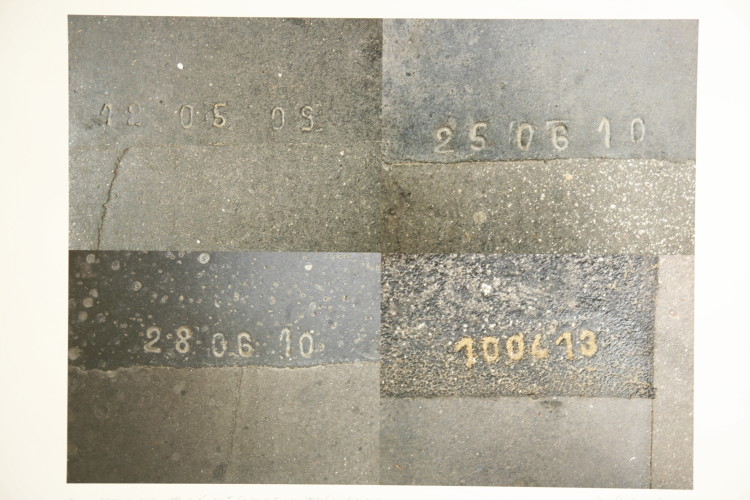
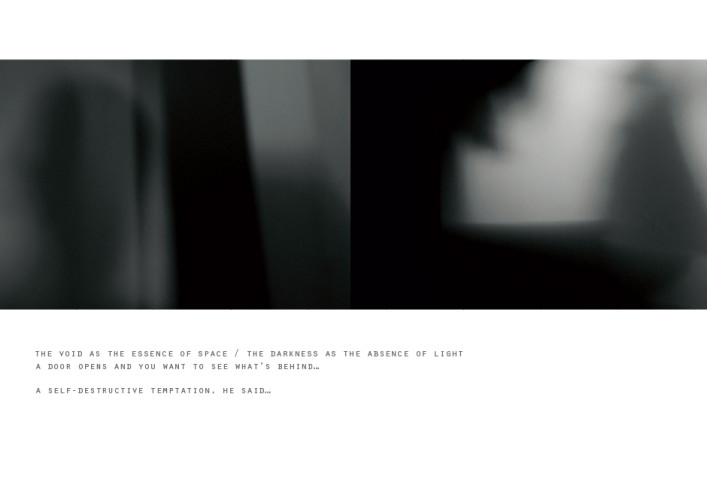

Comments are closed here.